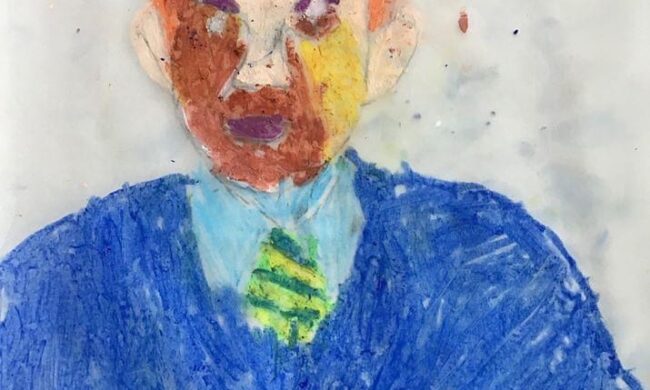


Art: Statement of Intent
Art and design is delivered through the CUSP curriculum. It provides visual, tactile and sensory experiences and a special way of understanding and responding to the world. It enables children to communicate what they see, feel and think through the use of colour, texture, form, pattern, line and shape and tone using different materials and processes. Children become involved in shaping their environments through painting, drawing, printmaking, collage, 3D and textiles . They learn to make informed judgements and aesthetic and practical decisions. They explore ideas and meanings through the work of artists and designers. Through learning about the roles and functions of art throughout history, and different cultures, they can explore the impact and how it contributes to the culture and creativity of our nation. The appreciation and enjoyment of the visual arts enrich all our lives.
Year 1 – Block B (Painting) – Piet Mondrian
Lesson 1:
1 – To be able to trace around a shape with precision.
2 – To use slow, controlled movements to fill in blocks of colour in small spaces
3 – To explore and use different painting tools.
Lesson 2:
4 – To explore and describe the effect of mixing two primary colours.
5 – To know that a secondary colour is made by mixing two primary colours.
Lesson 3:
6 – To be able to use combinations of lines and colour to express feelings.
7 – To evaluate their artwork and suggest improvements and areas to practice.
Year 5 – Block C (Printmaking and Textiles) – Lesley Richmond
Lesson 1: 1 – To understand and explain the concept of perspective and related vocabulary. 2 – To follow the process of creating a one-point perspective drawing. 3 – To explain how perspective drawings create the illusion of objects being near or far away. 4 – To understand that perspective allows three dimensions to be presented on a flat surface. 5 – To evaluate their artwork suggesting improvements and areas of practise. | |||
Lesson 2: 6 – To follow and describe a specific printing process. 7 – To explore and describe how the process of paint and colour choices contribute to the effects achieved in a piece of artwork. 8 – To create negative and positive spaces by repeating the same image by printing. 9 – To evaluate their artwork suggesting improvements and areas of practise. | |||
Lesson 3: 10 – To explore the use of specialist tools and resist processes such as batik to create colourful images. 11 – To develop knowledge and understanding of the origins and applications of traditional art processes. 12 – To explore the effects of applying dye to a surface where wax has been applied, identifying areas of practise. |
